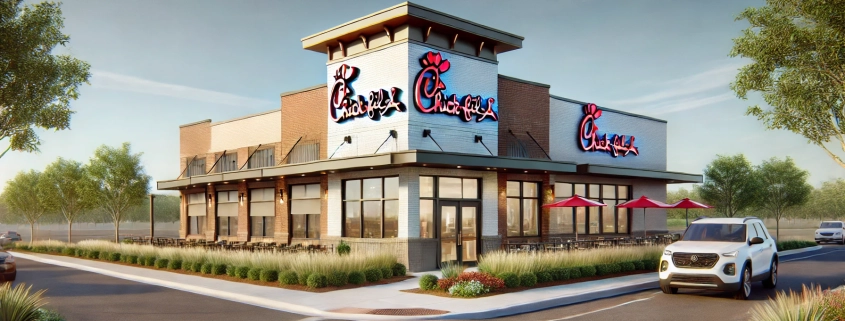Environmental Site Assessment
The Environmental Site Assessment (ESA), also known as a Phase I ESA, researches the current and historical uses of a property and identifies any subsequent environmental impacts of which an investor would want to be aware. The ESA will look at the site’s and adjacent sites’ current and historical uses, impacts on soil or groundwater, compliance with all regulatory databases, especially as it relates to hazardous material that may be stored on the site through under- or above-ground storage tanks (USTs and ASTs) or that may exist otherwise. The ESA will commonly also include testing for asbestos, lead-based paint, mold, lead in drinking water, and radon. Investors will assess the risk and may require further remedies to issues appearing on the ESA before closing and may require a Phase II ESA to provide further testing at the site. Particular concerns to investors on the ESA would be the past or current existence of dry cleaners, gas stations, auto repair shops and various manufacturing sites that may impact the property.
Putting “Environmental Site Assessment” in Context
Maple Grove Retail Developers has identified a highly trafficked corner lot in suburban Atlanta, Georgia, previously home to a gas station, as the perfect site for a future Chick-fil-A location. The lot, known as the Main Street Gas Station Site, covers approximately 0.8 acres and has been vacant for several years. Given the site’s former use as a gas station with underground storage tanks (USTs), conducting an Environmental Site Assessment (ESA) is a critical step before moving forward with the purchase.
Phase I Environmental Site Assessment (ESA)
As part of their due diligence, Maple Grove orders a Phase I ESA to assess any potential environmental liabilities associated with the site. The Phase I ESA reviews the historical and current uses of the property, focusing on identifying any potential environmental hazards from its previous use. The report also assesses nearby properties, as their uses could have caused contamination that migrated to the Main Street Gas Station Site.
Key elements of the Phase I ESA include:
- Historical Research: The ESA uncovers that the property operated as a gas station for over 30 years, and the USTs were removed five years ago. The records do not indicate if proper soil and groundwater testing were conducted when the tanks were decommissioned.
- Adjacent Property Review: The ESA also investigates nearby properties, which include an old dry cleaner, a potential source of groundwater contamination, located one block away. This is flagged as a secondary risk.
- Regulatory Compliance: The report notes that while there have been no significant violations on record for the gas station, there are no records confirming the completion of a full environmental cleanup post-UST removal.
Phase II Environmental Site Assessment
Due to the concerns raised in the Phase I report—particularly around the possibility of lingering soil or groundwater contamination—Maple Grove’s investors request a Phase II ESA before proceeding with the acquisition. The Phase II ESA involves physical sampling of the soil and groundwater to detect any presence of hazardous materials, including petroleum residue from the USTs.
- Testing and Results: The Phase II ESA confirms moderate levels of petroleum contaminants in the soil near where the USTs were previously located. Groundwater testing reveals minimal contamination, but the concentrations are within state regulatory limits. However, Maple Grove still faces the need for a minor soil remediation process.
Impact on the Redevelopment Plan
The results of the Phase I and Phase II ESAs directly impact the financial model for Maple Grove’s redevelopment plan. The estimated cost of soil remediation is projected at $150,000, which will be factored into the project’s overall development budget. The developers negotiate with the seller to either reduce the purchase price by the estimated remediation cost or require the seller to address the environmental issues before closing.
Without completing the ESA process, Maple Grove would have faced significant risk, both in terms of regulatory compliance and unforeseen environmental cleanup costs. However, by performing a thorough ESA and addressing the issues upfront, the developer is now positioned to proceed with the project, secure financing, and ultimately deliver a new Chick-fil-A on the site.
This hypothetical scenario illustrates how an Environmental Site Assessment is crucial for any redevelopment project, especially when the property has a history of potentially hazardous uses like gas stations. Properly assessing and addressing environmental risks ensures that developers can move forward with confidence while protecting their investments and meeting regulatory standards.
Click here to get this CRE Glossary in an eBook (PDF) format.

